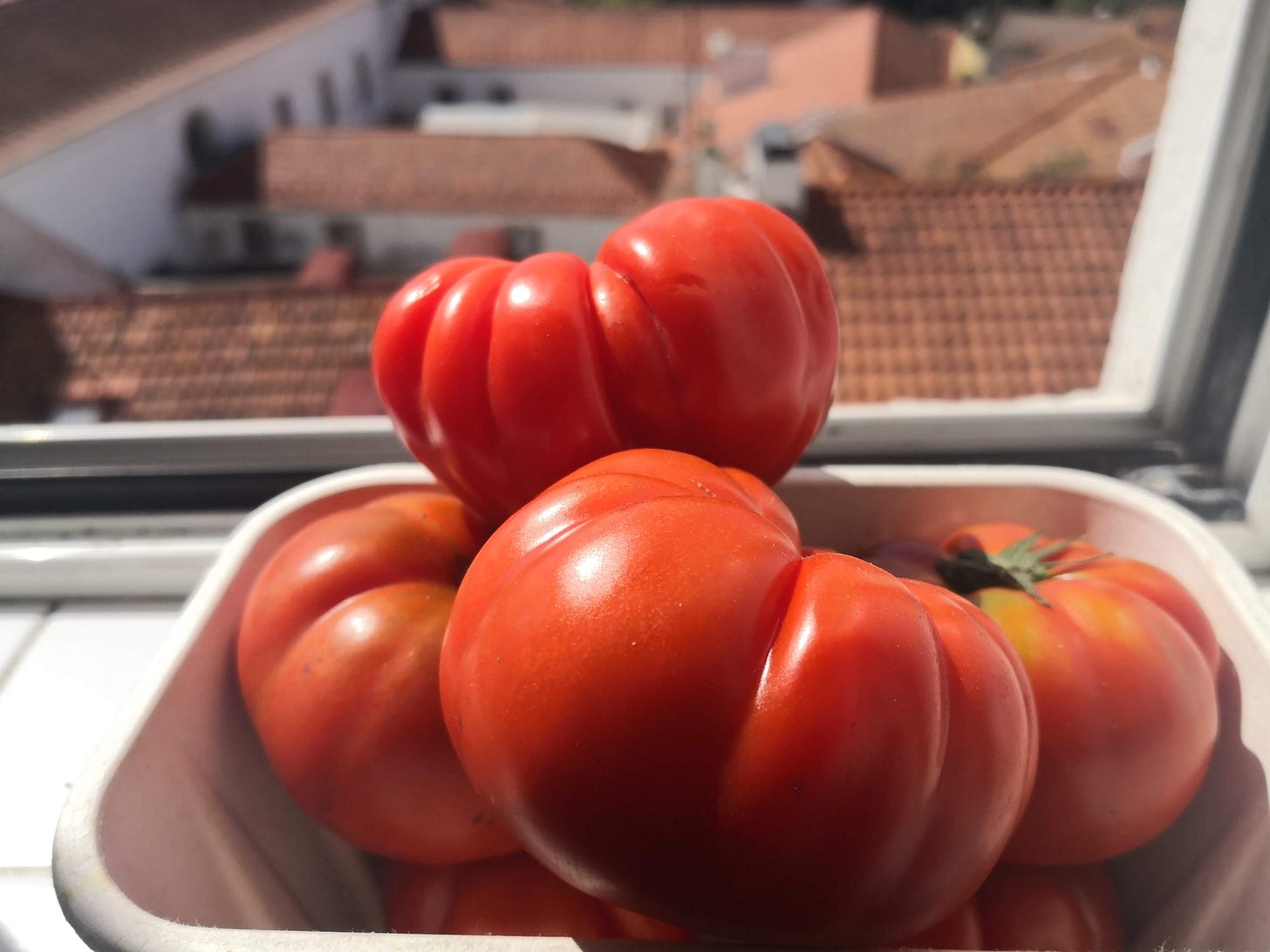Ómós Digest #104: Tomayto, Tomahto
By Christopher Kissane
Hello all,
The Ómós Digest is 100% reader-supported. Please consider supporting this continued writing, research, and expanding our amazing team by upgrading to a paid subscription for €5 a month or €50 a year. Let’s get into this week’s newsletter!
In our latest article, Dr. Christopher Kissane uncovers the truth about tomato production and briefly explores life before our favourite vegetable… I mean fruit. Chris is a writer and historian, he has written for the Irish Times, Guardian, Financial Times, and various magazines and journals. We’re delighted to have him contribute to the Digest and bring you his unique perspective on a topic very close to our hearts - the food system.
When life gives you…
Food historians always want to see more stories about our subject in the news, but there is always a sense of dread when they do. Far too often, stories about food in the past are reduced to misleading myths that catch the eye but obscure the history of what we eat. So when food history hits the headlines, I instinctively take a deep breath.
This summer, archaeologists at Pompeii discovered a fresco that depicted a flat bread with various toppings. Like hungry diners, media around the world couldn’t resist. The BBC's headline read ‘Pompeii archaeologists discover “pizza” painting’. The New York Times called it a ‘proto-pizza’, The Guardian a ‘2000-year-old form of pizza’. Those tied to Italy’s €15 billion pizza industry were keen to celebrate the ancient origins of their product.
Frustrated food historians were forced to play killjoy, explaining that this was definitely not a pizza, a dish whose history is tied to eighteenth and nineteenth-century Naples, and to the tomato, which the Romans would never have heard of, since it was unknown in Europe until the Spanish conquest of Mesoamerica.


